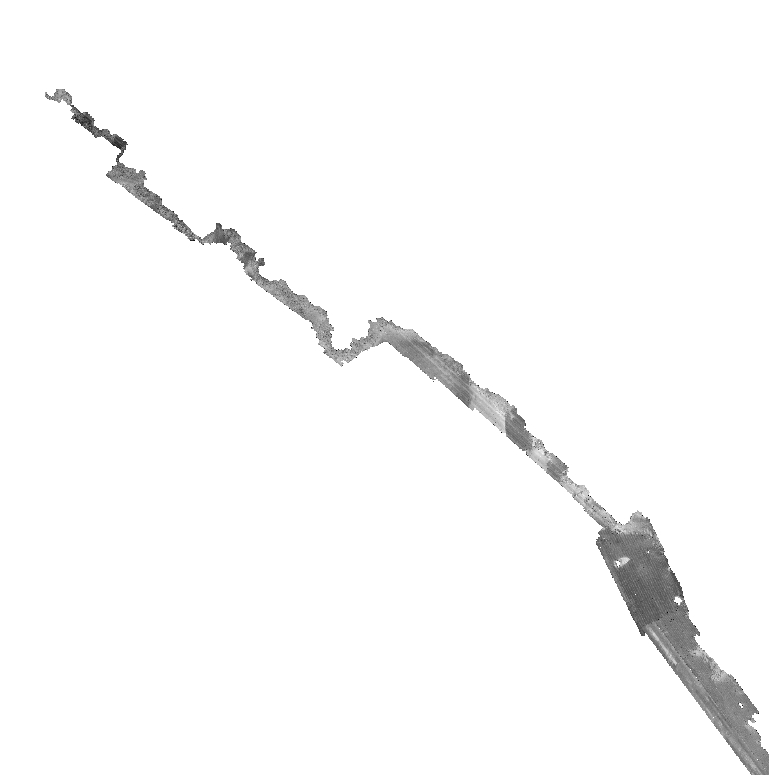| Description |
This part of DS 781 presents data for the acoustic-backscatter map of the Offshore of Fort Ross map area, California. Backscatter data are provided as separate grids depending on mapping system or processing method. The raster data file is included in "BackscatterB_7125_OffshoreFortRoss.zip", which is accessible from https://pubs.usgs.gov/ds/781/OffshoreFortRoss/data_catalog_OffshoreFortRoss.html. These data accompany the pamphlet and map sheets of Johnson, S.Y., Dartnell, P., Golden, N.E., Hartwell, S.R., Erdey, M.D., Greene, H.G., Cochrane, G.R., Kvitek, R.G., Manson, M.W., Endris, C.A., Dieter, B.E., Watt, J.T., Krigsman, L.M., Sliter, R.W., Lowe, E.N., and Chin, J.L. (S.Y. Johnson and S.A. Cochran, eds.), 2015, California State Waters Map Series--Offshore of Fort Ross, California: U.S. Geological Survey Open-File Report 2015–1211, pamphlet 37 p., 10 sheets, scale 1:24,000, https://doi.org/10.3133/ofr20151211. The acoustic-backscatter map of the Offshore of Fort Ross map area, California, was generated from backscatter data collected by California State University, Monterey Bay (CSUMB) and by Fugro Pelagos. Mapping was completed between 2007 and 2010, using a combination of 200-kHz and 400-kHz Reson 7125, and 244-kHz Reson 8101 multibeam echosounders, as well as 468-kHz SEA SWATHPlus interferometric system. These mapping missions combined to collect backscatter data from about the 10-m isobath to beyond the 3-nautical-mile limit of California State Waters. Within the acoustic-backscatter imagery, brighter tones indicate higher backscatter intensity, and darker tones indicate lower backscatter intensity. The intensity represents a complex interaction between the acoustic pulse and the seafloor, as well as characteristics within the shallow subsurface, providing a general indication of seafloor texture and composition. Backscatter intensity depends on the acoustic source level; the frequency used to image the seafloor; the grazing angle; the composition and character of the seafloor, including grain size, water content, bulk density, and seafloor roughness; and some biological cover. Harder and rougher bottom types such as rocky outcrops or coarse sediment typically return stronger intensities (high backscatter, lighter tones), whereas softer bottom types such as fine sediment return weaker intensities (low backscatter, darker tones). These data are not intended for navigational purposes. [More]
|
